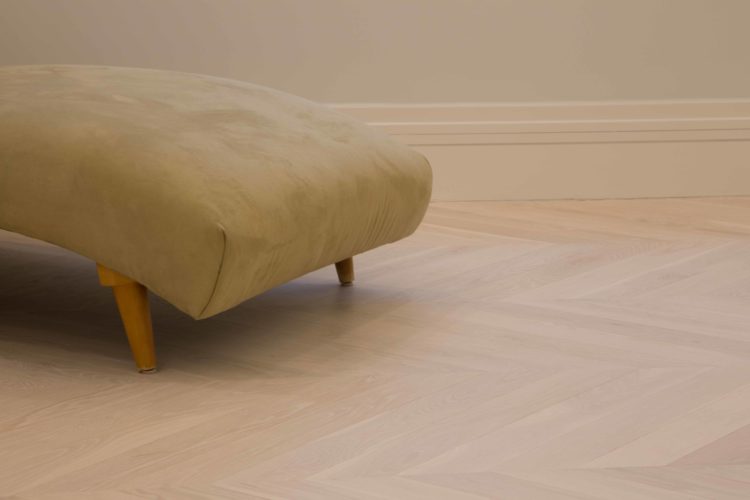
CUSTOM TEXTURING FOR WOOD FLOORING & OTHER WOOD SURFACES
Archetypal Imagery, a world recognized flooring design expert, employs four basic high-end techniques for the surface preparation of wood flooring, paneling, doors and furniture. We have mastered all of these techniques for our custom in-shop and on-site work. Before we explain the coloring process, we need to describe the various surface preparation processes that come before it. Surface preparation can make or break the outcome of the finish. It is the foundational process of wood finishing. Similar to the foundation of a building, it is the base upon which the rest of the wood floor finishing is built.
1. Flat Sanding
Our custom flat sanded finishes can be performed in-shop or on-site.
Archetypal always performs flat sanding in several stages. The sandpaper grit gets progressively finer with each and every stage until we have reached the finest grit necessary to achieve an ultra smooth surface.
Contractors’ often skip the multiple grit stages in order to reduce their labor costs. This compromises the consistency of the sanded surface and can result in miss-matched colorations and blotchy spots that undermine the uniformity of the final finish. Moreover, improperly sanded wood surfaces act as a magnet for dirt and dust.
Proper sanding machines are essential to producing a high quality finish. Archetypal uses both orbital and trio sanders depending upon the pattern of the installed floor. For chevron, herringbone, parquet and other patterned floors we utilize trio sanders to avoid the creation of sanding marks against the grain.
2. Wire Brushing
Wire brushing is an optional step after the completion of the flat sanding process. Like flat sanding, we can perform this process in-shop or on-site although it is much more difficult to perform once the wood flooring or other wood surface has been installed.
After wire brushing we very gently abrade the surface with a fine nylon brush. This step removes loose fibers and softens the grooves to make them look more natural. This process both preserves and cleans up the fine grooves that are created by the wire brushing process.
Wire brushed planks and other wood surfaces are more receptive to color absorption. This enables the creation of richer two tone finishes where the hard and soft grains colors are more easily distinguishable.
3. Hand Scraping
Archetypal employs various hand-scraping methods and techniques depending on the aesthetic objectives of the finished product and the level of foot traffic that can be expected in the space.
Like wire brushing, hand-scraping on-site is more labor intensive than when it’s performed in-shop. For this reason, hand scraping often takes place in-shop while the final technical and artistic adjustments are performed on-site both during and after the installation of the planks.
Our varied hand scraping techniques can produce a wide range of textures from antiqued to ultra-modern. They range from wavy, multi-directionally scraped surfaces that replicate the texture of centuries old wood floors to nearly flat, very subtly undulated surfaces.
With multi-directional hand scraped planks it is easier to disguise scars in the floor that occur at a later date. After softening the sharp edges of the scar we restore the color of the damaged area to match that of the surrounding floor. Following repair, the damaged area is less noticeable because it blends in with the multi-directional waves in the surface of the floor.
When desired, we can create what we call “living floors.” The purpose of a “living floor” is to replicate the variation in surface wear that occurs between high and low traffic areas of the floor over the course of many years. With time, the knots and hard grains become more pronounced (relative to their adjacent soft grains) in the high traffic areas than they do in the low traffic areas of the floor. By scraping the planks more aggressively in the high traffic areas we replicate the wear patterns that occur naturally over time. The result is a floor that looks hundreds of years old.
Proper hand scraping techniques cut, rather than tear, the wood fibers. This can create a smoother finish than those created with the finest grade sandpaper.
Contrary to popular belief, hand scraping can be performed on modern finishes as well. A clean, high end, hand scraping provides a ready surface to incorporate light grays, whites and off-whites during the coloring process. The resulting product is very clean, modern and luxurious.
4. Natural Contour
Natural contouring incorporates multiple texturing processes including hand scraping, wire brushing and fine sanding.
Natural contour finishes retain the purest form of natural beauty in the wood’s surface. By preserving the original contours of the wood floors or wood surfaces, this method enhances the natural beauty of the species. With natural contouring, we employ methods and techniques which adhere to the philosophy that “less is more.”
During kiln drying, the wood tends to curve concave or convex and the knots in the wood form different shapes on the wood’s surface. With natural contouring, our objective is to preserve these natural imperfections while gently softening any of the those that draw too much attention.
Prior to installation we roll the plank edges to eliminate their sharpness. This is accomplished without compromising the natural contours of the planks’ surface. Once installed, we further soften the edges to properly match up with the edges of adjacent boards. Archetypal then carefully hand scrapes and gently brushes the plank surfaces in a manner that preserves the natural contours of the wood’s surface.
Next Step
Once the surfaces are prepared by the designated finishing method, the coloring process is applied.

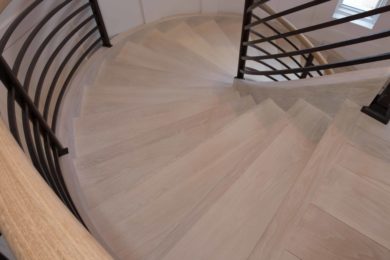
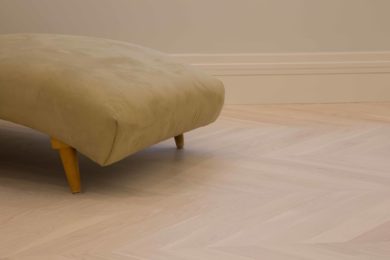
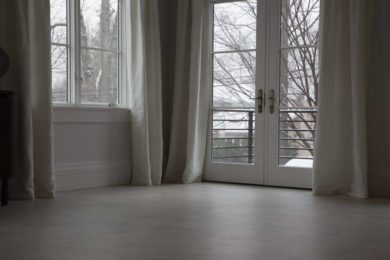
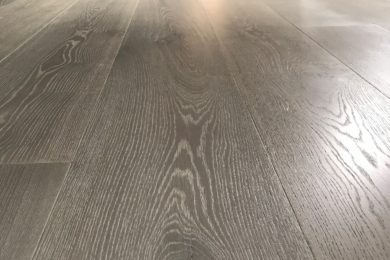
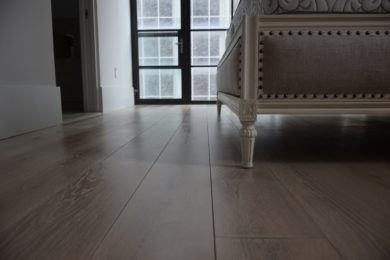
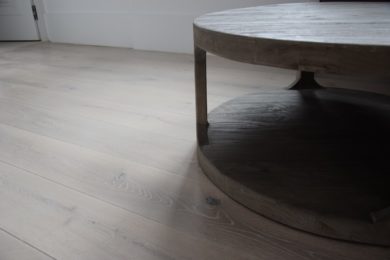
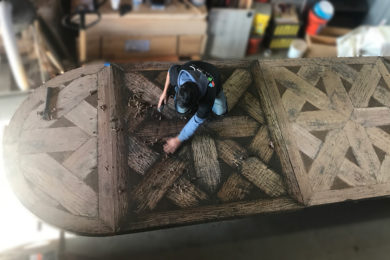
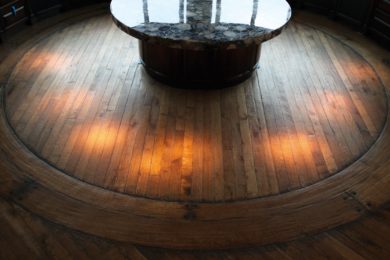
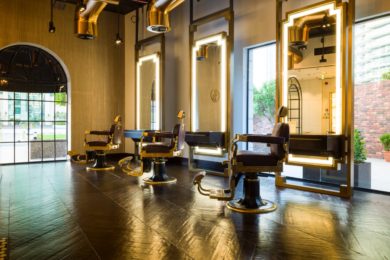
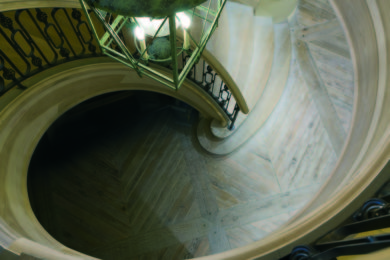
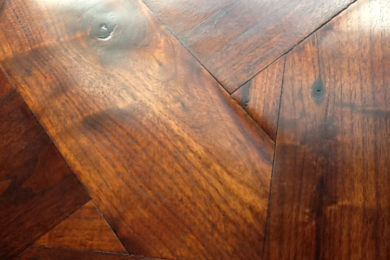
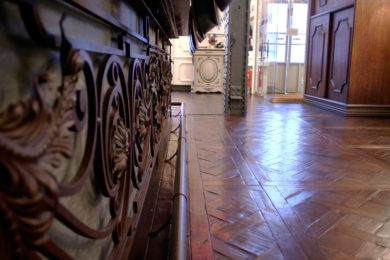
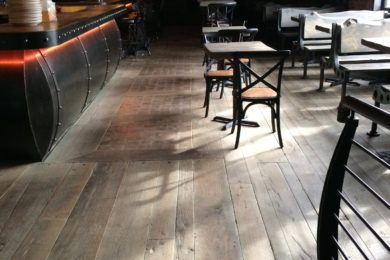
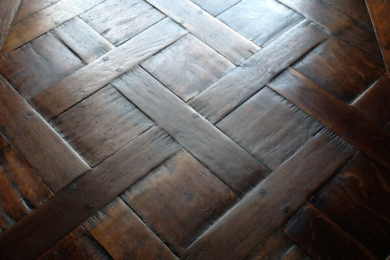
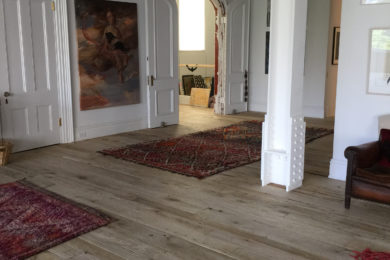





1 COMMENT
Anabel Puckett
March 17, 2018, 2:04 am REPLYGreat blog! One of the greatest things about wood flooring is its texture. Irrespective of whether you choose solid or engineered wood flooring, the wood that you see is real wood – a natural and highly interesting material.